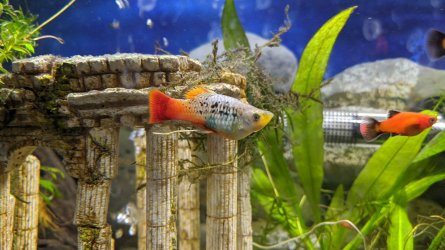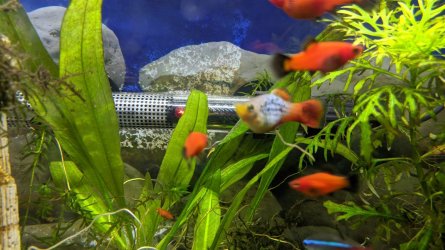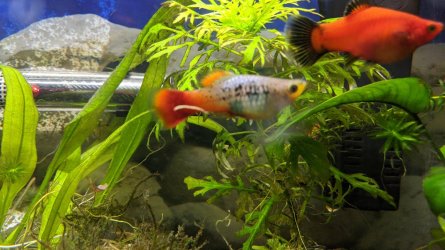Since the bleach is very diluted, I use it outside and water it down.
Soaked everything in a bucket with one part bleach to nine parts water. It's important that you use the thick, original bleach, not one that's perfumed or had additives to make it thinner. Soak equipment in that for an hour or so, then rinsed thoroughly, pouring the original water away and diluting it further with a hosepipe.
Rinse everything thoroughly with plain water, I use the hosepipe. Then refill the bucket with plain water, and soak it all with a triple dose of declorinator. This deactivates any remaining bleach.
Once its had a good soak (I left it for a few hours) let everything air dry thoroughly until it's bone dry. Any remaining bleach would air off then.
I've used this method on syphons, nets, suckers, heaters, filters, even a sponge filter. I threw everything in there after treatment. The syphons and airline tubing I was a little more careful and syphoned some declorinated water through them after they'd been soaking in declorinated water for a while, before allowing to air dry, and I've since used all this equipment without a problem.
I also bleached the guppy/shrimp tank of mine that you like! As you've seen, it's fine

The only difference when it comes to bleaching a tank is to only allow the bleach to sit in the tank for a minute or two, since bleach left for too long would eat away at the sealant. I wiped the whole tank down inside and out with the bleach, let it sit for two minutes before hosing it off. I then used vinegar and a razor to scrape off hard water marks before rinsing thoroughly and air drying. The tank sat empty for a couple of weeks before I set it up again, so it had time to completely dry too.
[/QUOT
Be sure to use dechlorinator too on final rinse.


 most fish have normal poop now. One adult Platy (who started with white poop) is doing stringy poo. I think one fry too but harder to judge with them
most fish have normal poop now. One adult Platy (who started with white poop) is doing stringy poo. I think one fry too but harder to judge with them

